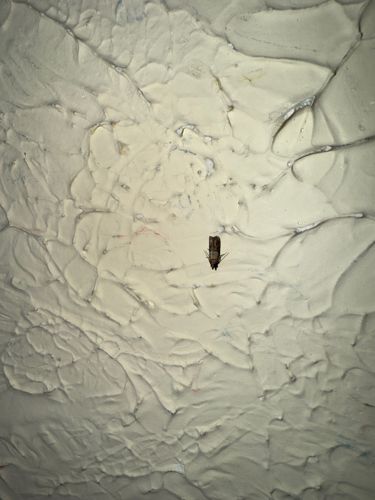Click Beetle
Scientific Name: Family Elateridae
Order & Family: Coleoptera, Elateridae
Size: Typically '0.2' to '2.5' inches ('5' mm to '60' mm), though some species can be larger.

Natural Habitat
Widely diverse, found in forests, grasslands, agricultural fields, and suburban gardens. Adults are often found on vegetation or attracted to lights, while larvae (wireworms) live in soil or decaying wood.
Diet & Feeding
Adult click beetles primarily feed on pollen, nectar, or sometimes sap. Larvae ('wireworms') are mostly herbivorous, feeding on roots, seeds, and underground stems of various plants, sometimes causing significant agricultural damage. Some wireworm species are predatory on other soil insects.
Behavior Patterns
Known for their distinctive 'clicking' mechanism, which they use to right themselves when overturned, or to escape predators. They spring into the air with an audible click by bending and quickly releasing a spine on their prosternum into a groove on their mesosternum. Many species are nocturnal or crepuscular. Larval stage (wireworm) can last for several years.
Risks & Benefits
Risks: Larvae (wireworms) can be significant agricultural pests, damaging crops like corn, potatoes, and wheat by feeding on roots and seeds. Benefits: Some species (both adult and larval) can be beneficial predators, consuming other insect pests. They are also part of the food chain for birds and other animals.
Identified on: 9/20/2025